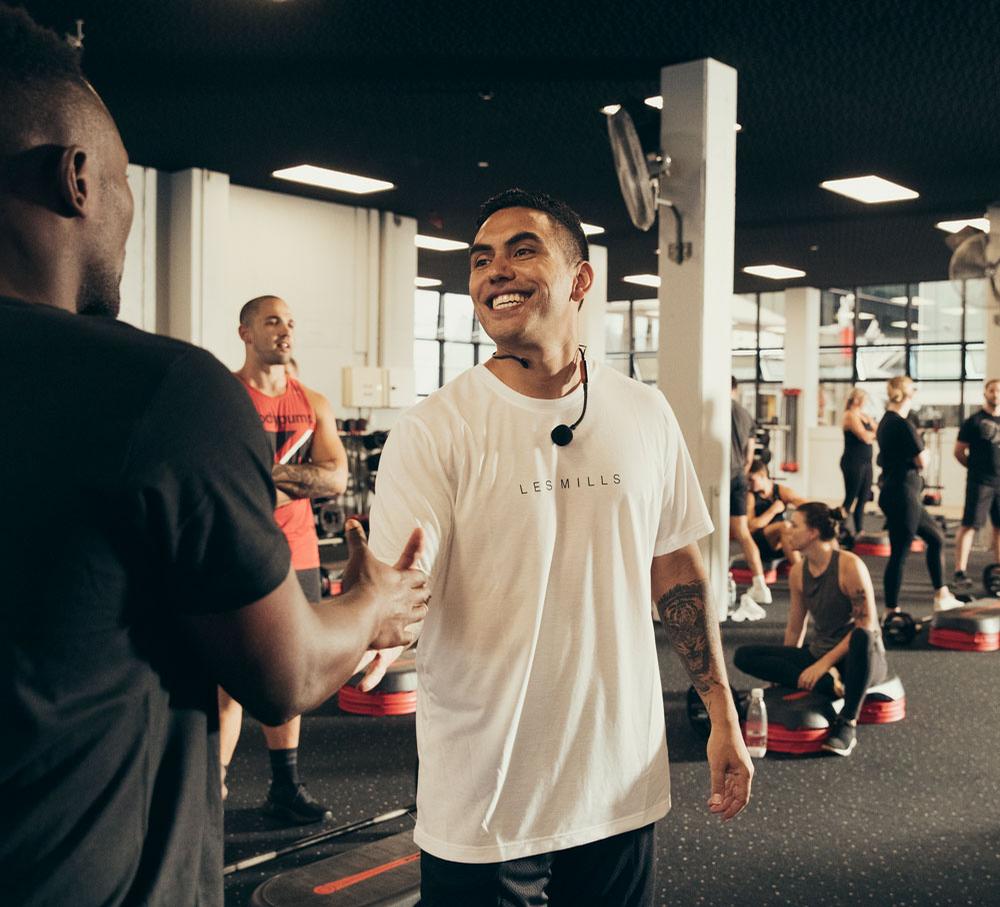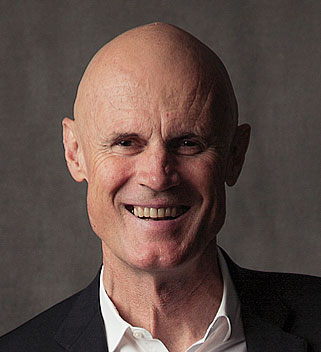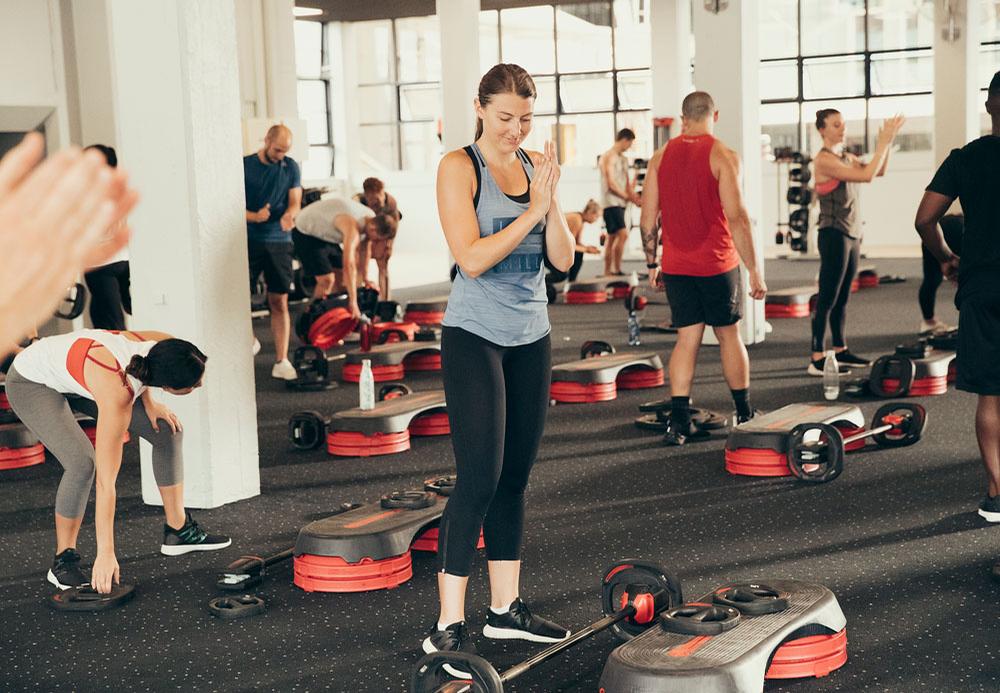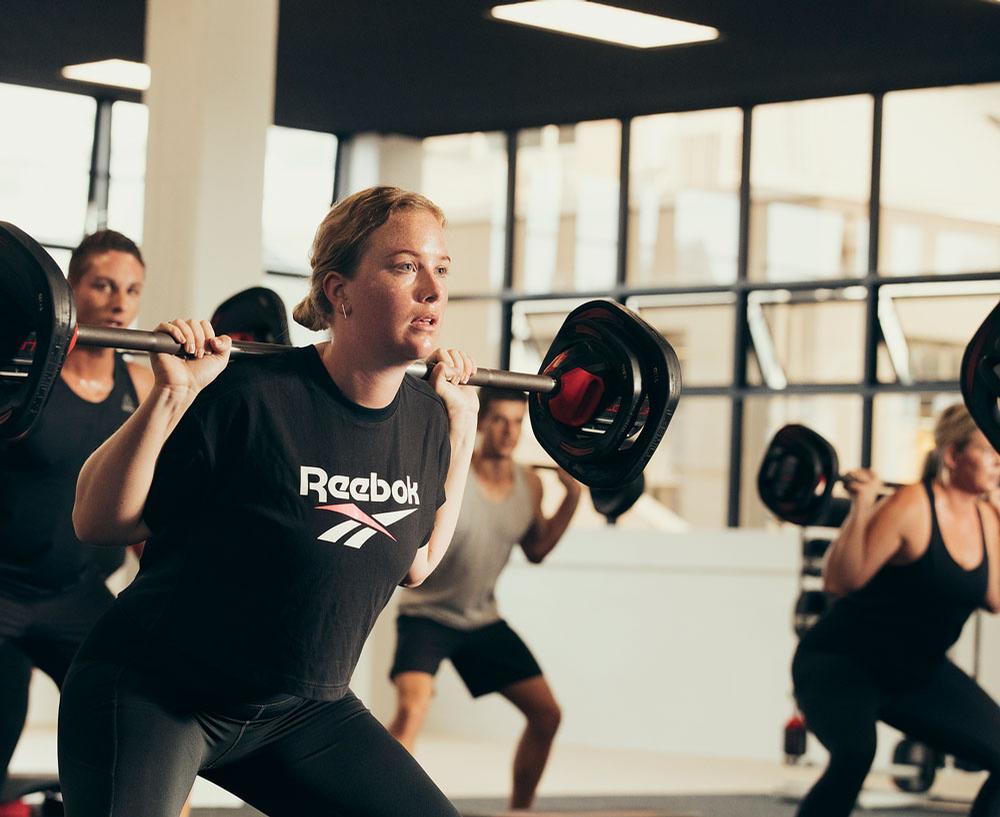Amid media scare stories that the COVID-inspired home fitness boom would spell the end of fitness facilities, it’s encouraging that the vast majority of members want to get back to live workouts in their gym.
An October 2020 IHRSA report found that 95 per cent of members miss at least one aspect of their club and more than half are dissatisfied with their lockdown fitness routines, while operators in China, Japan, and the UAE reported rapid recoveries when they came out of lockdown.
“Since reopening our sites in June and July, we’ve seen a massive rush from members eager to get back into the club and we’re pretty much back to pre-COVID attendance levels,” says Ant Martland, co-founder and marketing director of fast-growing UAE chain, GymNation.
“Group fitness and the power of our club communities have really shone through and we think this will be a key component in the wider industry’s recovery. Having been locked up and isolated for so long, people can’t wait to get back to the thrill of a buzzing live class and we’ve got members in [socially distanced] queues at the studio door early to secure their space. People are desperate to get back to working out in groups and the past few months have been the best new sales period we’ve ever had.”
Gyms on the rise
Many have predicted that this rise of at-home digital fitness will cannibalise health club memberships, but the numbers don’t bear this out.
Before COVID-19, around 85 per cent of gym members were already doing workouts at home (Qualtrix, 2019), illustrating the importance of delivering all types of fitness experiences if a club is to inspire loyalty.
As the digital fitness revolution has gathered pace in recent years, gym memberships and penetration rates have still continued to increase. Europe – a market that’s been an early adopter of digital fitness – witnessed club member growth of 66 per cent from 2009-2019.
Indeed, with an estimated 375,000 fitness apps in existence, and 77,000 launching in 2020 alone (Source: App Annie), the evidence suggests digital fitness is bringing more people into the world of workouts.
Gym operators also tackled the challenge of COVID-19 with impressive agility, implementing digital workout solutions in a matter of weeks.
With ClubIntel reporting that 72 per cent of global operators now offer on-demand and livestream workouts for members (up from just 25 per cent in 2019), clubs have clearly made substantial progress in a short space of time.
In many ways, the pandemic hastened changes that we, as operators, needed to make anyway.
By taking the club experience into people’s homes, operators have the chance to reach huge swathes of the population who wouldn’t typically visit a club and help them start their fitness journey. Standalone digital solutions such as livestream and on-demand can be a great way for clubs to win new fans online, build brand affinity, and eventually convert them to becoming full members of the club.
According to 2020 research from Alliance Leisure, 96 per cent of consumers who tried a workout from a club during lockdown said they would use that facility when it reopened. Meanwhile, a November 2020 survey of 9,000 Les Mills On Demand (LMOD) users found 63 per cent of non-gym members are interested in trying live Les Mills classes in a club.
Clubs drive motivation
Gym members are on average 14 times more active than non-members. This is partly due to practicality – most people don’t have the space, money or equipment for a replicable home workout – but the most compelling reason is that clubs don’t just serve up fitness, they provide motivation.
Motivation remains essential for regular exercise adherence, and two of the most powerful motivators are the accountability and sense of connection we get from working out with others. It’s why our people remain our clubs’ biggest assets, and why social fitness experiences hold the key to a rapid recovery.
The aim is to get back to full memberships – and beyond – as quickly as possible, but there’s no going back in terms of how we operate. Digital is now a key pillar of success and it’s the combination of this with live workouts that will give clubs the edge over digital-only offerings.
The emergence of high-powered digital fitness offerings from the likes of Apple and Google certainly won’t make life any easier for operators, but with every challenge to the club model comes fresh opportunity. Clubs may not have the financial might or brand power of major tech firms, but they have assets that Big Tech can’t yet match: highly-engaged communities centered around authentic, human connection.
On the digital side, the crucial part for clubs is serving up high-quality on-demand fitness content and livestream classes that are motivating, fun, and results-driven. YouTube is chock-full of free, average fitness content, so our clubs’ offerings need to be world-class to keep the audience coming back and paying.
Clubs which can provide high-class digital solutions to members will also reap rewards in terms of retention. The November 2020 LMOD survey found that 92 per cent of members who subscribe to the platform via their club feel extremely positive (70 per cent) or moderately positive (22 per cent) about their facility for providing this solution.
Funnelling back to live
Emphasising the essential role of clubs in the post-COVID recovery will be key to bringing members back, while harnessing digital solutions to engage members and boomerang them back to live workouts is the blueprint for recovery.
Every club has a hardcore following, but not everyone will be back right away, so it’s important to be proactive across communication channels, emphasising how good it feels for people to be back in the gym.
In markets that were quick to recover, such as China, operators such as Pure Fitness set out rebound plans designed to reactivate members, bring back those who cancelled and attract new faces. Campaigns incentivised members to bring their spouse or family members to the gym, while early bird discounts for people to join within the first four to six weeks have also been common. Obviously, appropriate offers need to vary by local market conditions and capacity.
The strides operators have made to enhance digital offerings will help future-proof our clubs, but another powerful way to get clubs back to capacity will be to refocus on delivering live classes – both indoors and outdoors – as soon as permitted.
While so much has changed, some things remain the same. It’s our people who inspired members to join and it’s our people who will be key to bringing them back. As well as the operational impact your team can make, consider the emotional contribution they can make in helping members feel safe again.
“Instructors hold the hearts of members more than anyone else in the club and this is needed now more than ever,” says Carrie Kepple, chair of IHRSA and MD of Styles Studios Fitness in Illinois.
“These instructors are often the types who will jump right back in and do whatever it takes to get members feeling good again. They’re likely to have lots of existing relationships with members and it’s also important to ensure they make a real effort to connect and engage with members they don’t know.”


























































